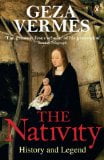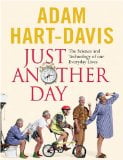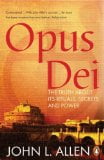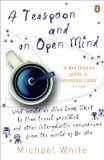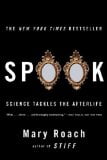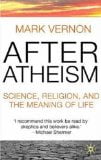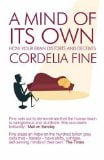 A Mind of Its Own: How Your Brain Distorts and Deceives
A Mind of Its Own: How Your Brain Distorts and Deceives
by Cordelia Fine
Icon Books, £9.99, ISBN 1840466782
For those of us who like to put consciousness to the fore, and who take pride in rationality over mere emotion or prejudice, this slim little volume provides something of a challenge. There’s no denying that it’s entertaining, and it’s written in an engaging and none too serious style, but it packs a punch all the same. In six short chapters Cordelia Fine picks apart at the mighty edifice of the rational brain and, quoting extensively from the research literature, reveals a vain, egotistical, devious, untruthful and bigoted organ. The picture of the mind that emerges has more in common with an unscrupulous populist politician than a fairminded seeker of truth. I’d find this incredibly depressing, but of course having read the book my mind is apt to put aside what it has just learned and is happier to offer me the comforting illusions of reason. Oh well, it’s not my fault, for according to the research the mind plays this sort of trick more often than not. Fine writes with a light touch: there’s a gentle humour and a peppering of homely anecdotes throughout the book. But the research she draws on is serious enough, and for those who need convincing there are plenty of notes and references to follow up.
By the end of the book one could be forgiven for thinking that we are mere dupes of the brain – that consciousness itself is an illusion and that what we think of as reasoning is usually a post-hoc rationalisation of some far deeper process. However, if that is the case then how is it that we can read a book cover to cover? How is that anyone could write a book in the first place? Intention and concentration together are evidence of some process that we can label consciousness. Even if we’re still not sure of what’s going on deep under the surface, there’s still something there.
So, despite the lying, the scheming, the clinging-on to prejudices and the other vices that our brains are prone to – and which this book does much to shed light on – we shouldn’t resign ourselves to the idea that conscious reason itself is a complete illusion.
Pan Pantziarka

